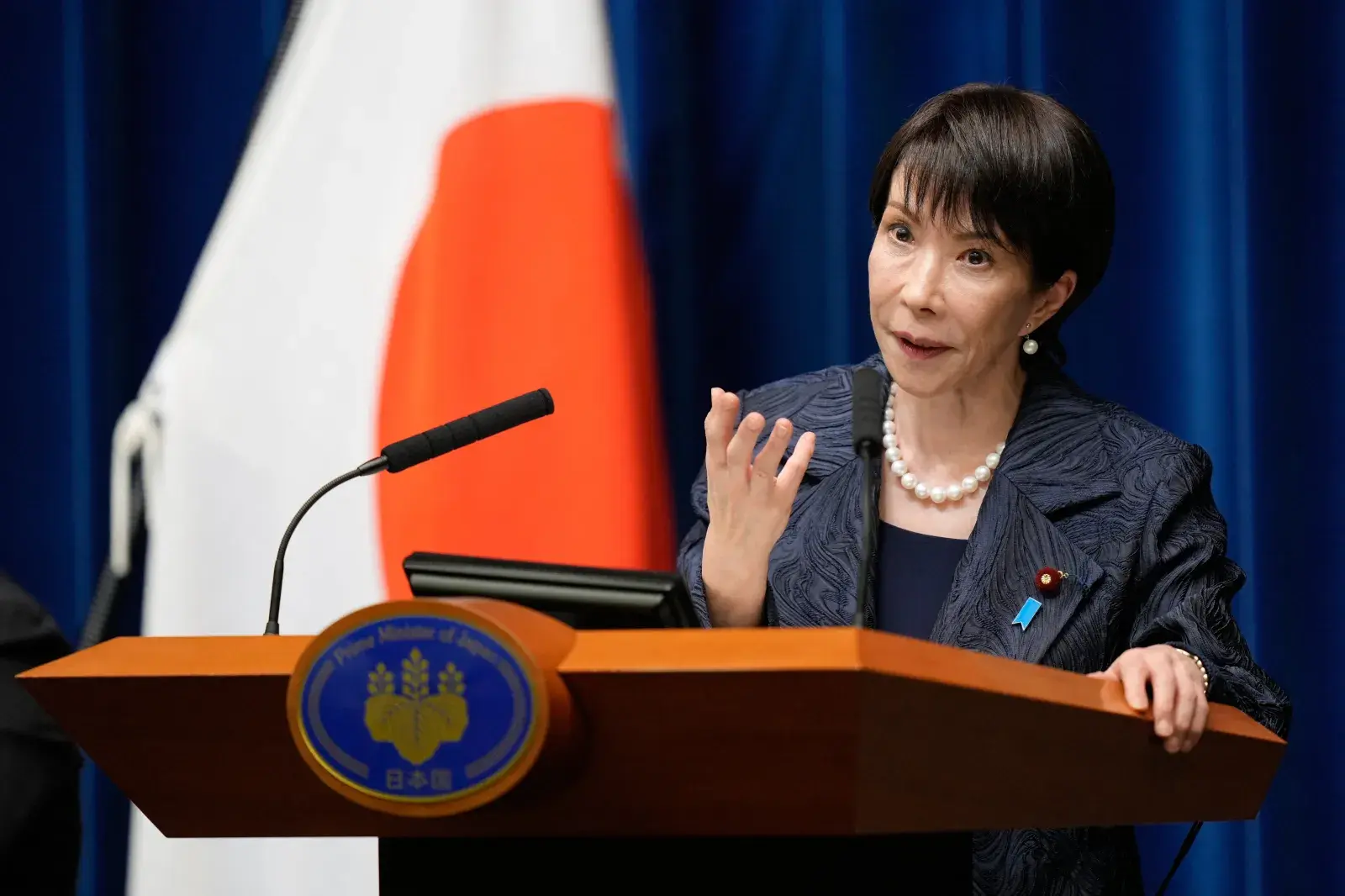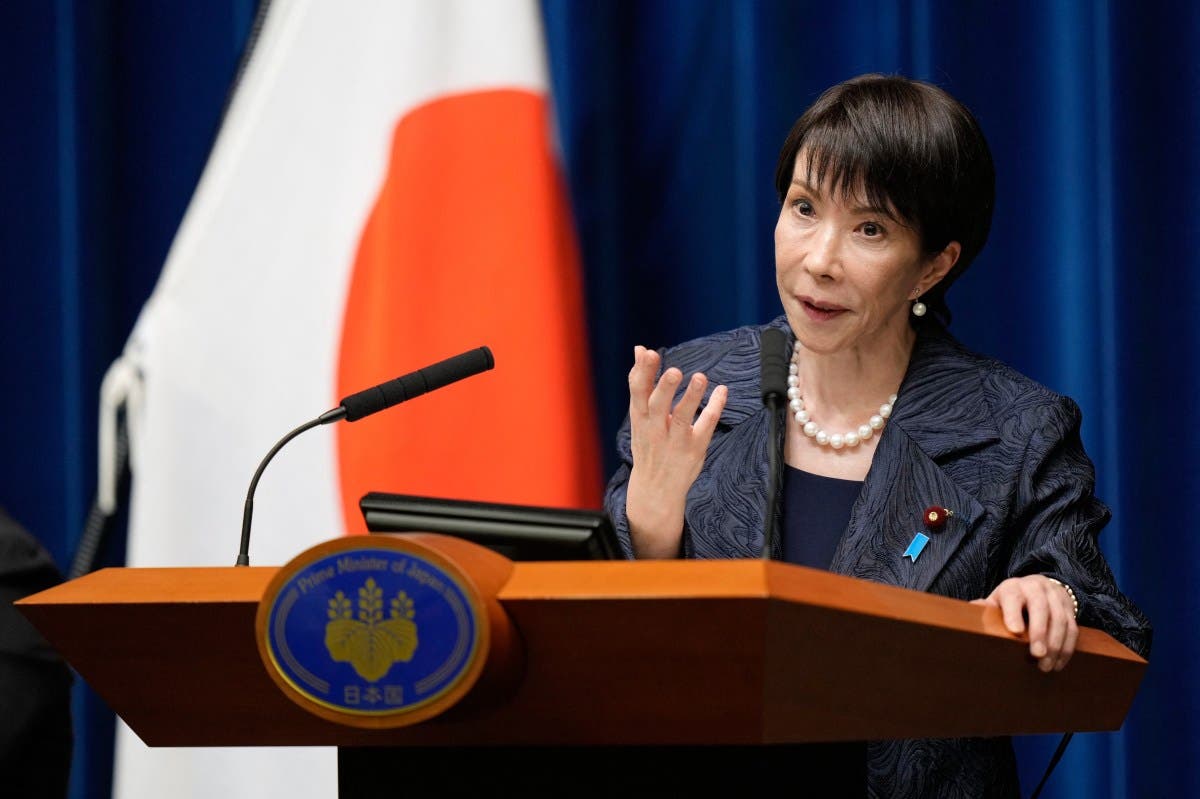Japan’s new prime minister, Sanae Takaichi, has earned a reputation as a hardliner on immigration, an image that helped propel her to power amid rising nationalist sentiment and debate over Japan’s identity amid demographic decline.
Hailing from the conservative wing of the ruling Liberal Democratic Party (LDP), Takaichi won last month’s runoff election to become Japan’s 104th and first female prime minister. Her rise came amid an uptick in anti-foreigner sentiment, with some observers saying she tapped into that mood to secure the LDP leadership and the top political post in the country.
Newsweek reached out to Takaichi’s office via email for comment.
Immigration and Backlash
Japan, one of the world’s most homogeneous nations, faces deepening labor shortages as its birth rate plummets and its population ages.
The number of foreign residents has risen sharply in recent years, reaching a record 3 percent of the population in 2024, as Tokyo cautiously loosened visa rules for workers in key industries such as manufacturing, agriculture, and caregiving. At the same time, the country has seen unprecedented levels of tourism—up 48 percent in 2024 from the year before, according to the Japan National Tourism Organization.
But the post-pandemic influx has not been universally welcomed. Reports of unruly visitor behavior have sparked public complaints and a rise in anti-foreigner sentiment that right-wing politicians have been quick to capitalize on.

Takaichi has pledged a crackdown on illegal immigration and visa overstays, restrictions on foreign purchases of land, particularly by Chinese nationals, and tighter border controls. She has appointed Kimi Onoda, known for her tough stance on immigration, as minister in charge of a “society of well-ordered and harmonious coexistence with foreign nationals.”
She has also repeated unsubstantiated claims about rising crime among foreigners, though official statistics show such offenses have been declining for over a decade. Last month, she voiced concern about tourist misconduct, alleging that foreign visitors had kicked sacred deer in Nara Park, one of Japan’s most famous cultural sites.
Is Takaichi’s Reputation Earned?
“The sudden increase of foreigners might be a bit alienating. At the same time, inflation has caused pain. Sanseito’s success has given LDP politicians a warning sign. I was not surprised that Takaichi campaigned with this populist discourse,” Gracia Liu-Farrer, professor of sociology at Waseda University’s Graduate School of Asia-Pacific Studies and director of its Institute of Asian Migration, told Newsweek.
“From the cabinet members she has selected, the policy toward immigration and immigrants is not so different from the previous ones; they still emphasize control and management,” she said. “Her discourses on foreigners emphasize social order (秩序), which has always been central, even though her predecessors, especially Kishida, made more effort to expand the scope of foreign workers’ intake.”
Whether or not Takaichi’s administration is as tough on immigration issues as her campaign rhetoric suggests, some observers warn that failing to actively invest in and integrate foreign nationals into society will have lasting harm on Asia’s second-largest economy.
“What is striking about Takaichi’s leadership campaign, and now her victory, is the absence of a guiding vision for coexistence with foreign residents,” wrote Yasuo Takao, adjunct senior research fellow at Curtin University’s School of Media, Creative Arts and Social Inquiry, in an analysis for East Asia Forum.
“Japan’s economy and welfare system are already deeply dependent on foreign residents. Population decline guarantees that this reliance will only intensify, as a shrinking labor force will push industries to rely more on long-term foreign workers,” he added. “Denying this reality while framing it as a cultural threat risks leaving Japan unprepared for the future.”
